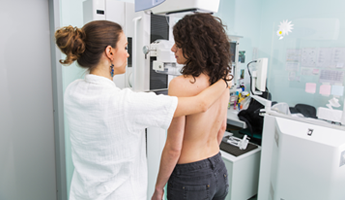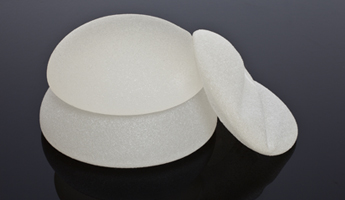Gynaecomastia means male breast enlargement. It is commonly seen in boys at the time of puberty and settles down without treatment in 90% cases. It is also common in men above the age of 60 although can occur at any age. It could be a source of embarrassment and reduced self-confidence.
The cause of Gynaecomastia may not always be apparent; this is called idiopathic Gynaecomastia.
Secondary Gynaecomastia refers to an underlying cause that could be include medications such as:
anabolic steroids,
medicines used in the control of high blood pressure,
heart problems,
treatment of peptic ulcers,
some anti-depressants and tranquilisers;
excessive use of alcohol and other drugs such as marijuana (cannabis) or heroin. The surgeon might perform tests to exclude any secondary cause of breast enlargement.
For men who feel self-conscious about their appearance, breast-reduction surgery can be helpful. The procedure removes tissue from the breasts, and in extreme cases excess skin. The two options include:
Photos:
Men with large redundant tissue excess are likely to require skin reduction in addition to breast tissue reduction, thus requiring larger scars (this would be discussed by the surgeon at the time of consultation)
Risks involved:
This would be discussed with you in detail during your consultation as they often depend on your personal history. The common risks are:
Post-op advice:
Compression garment: You would be advised to wear a special chest support garment for 2-4 weeks after surgery. This helps in controlling the bruising and reduces discomfort.
Exercises: you would be advised not to undertake any heavy exercises for about 4 weeks after surgery. The return to routine physical activity will vary (about 4-6 weeks as a rough guide).
Driving:
It may be difficult to drive for about a week after the procedure and long driving is best not undertaken for 2-3 weeks.

Do you have breast symptoms or wish to discuss treatment for breast cancer or consider reconstruction?
Consultation Process ›
Not happy with the size or shape of your breasts?
Find out more ›